Your kid losing their first tooth is as anticipated for the parent as it is the child. Parents can’t help but get excited about each and every milestone in their child’s life, and losing that first tooth is a big one.
Let’s make sure you and your kiddos are prepared for a maximum return on their tooth investment when the Tooth Fairy’s first visit rolls around. In this post, we will cover the why, the how, and the when of kids’ teeth.
The Arrival of the First Teeth

Your baby will typically begin getting their first teeth around six months of age, but some babies may not have their first tooth erupt until they are closer to one year of age.
The second teeth to arrive are usually the upper central incisors around eight months to a year. These two teeth coming is when things really start to get adorable!
Typically, the first two baby teeth to come in are the lower front two teeth, also known as lower central incisors. Once these first teeth arise, the rest of the process will take its time, and eventually, all 20 of those cute little baby teeth will have grown in by age three according to Dr. Brite.
Teething Discomfort
A baby will start to explore their mouth with their hands somewhere around three months of age. This does not necessarily mean that your baby is teething. However, as your baby gets closer to six months, you will begin to notice some teething behavior.
Maybe your baby is starting to show some discomfort in their mouth. There could be some swelling around the tooth area and increased saliva. A bib can help stave off extra saliva everywhere and be a great option for babies to chew on.

Mild mood agitation and even a slight rise in body temperature can also be signs of teething. However, an actual fever would be signs of an illness or an infection, you should seek medical advice.
If your baby’s tooth pain seems to be causing them prolonged discomfort, you can massage the gums with your fingers as well as let them suck on a clean frozen washcloth or even teething rings. If the discomfort is still too much, ask your pediatrician if you can give your baby a dose of baby acetaminophen based on their age and weight.
How Early Is Too Early to Brush?
As soon as your baby gets their first tooth is when you should start brushing. They make little finger brushes that mom and dad can slip over their pointer finger and use to message those gums and brush that tooth.
There is also a special baby toothbrush for getting in the tricky hard to reach areas and making sure early teeth and gums are scrubbed up nice. Be sure to only use a small smear of toothpaste with fluoride in it.

Fluoride helps strengthen teeth, so as soon as your baby erupts their first teeth, you should begin introducing fluoride.
There Are A Variety Of Ways To Begin Introducing Fluoride:
- Give baby local filtered tap water in a sippy cup
- Use a kid-friendly toothpaste with fluoride
- Use frozen tap water on a washcloth to relieve teething discomfort
Once that first tooth arrives, it is suggested that you go ahead and book your baby’s first appointment with a pediatric dentist and have that tooth checked out.
Establishing a relationship with your child’s dentist by the age of one will help set them up to meet those teeth milestones and have healthy teeth.
When Should I Begin Flossing?
As soon as your baby has two teeth beside each other, it is time to start flossing. It sounds daunting, but getting started early will also help your child get used to the new habit.
That means as new teeth keep coming, it will be easier for you to keep flossing, and by the time they start losing those baby teeth, they should be able to floss quite well on their own!
When Will My Child Begin to Lose Their Teeth?
All of those adorable baby teeth should be in by three years old and will stick around doing what they do best till around your child’s sixth birthday.
Remember those first two teeth that came in? Kids typically start losing teeth in the same order that those teeth erupted. So those bottom two teeth will more than likely be the first to go.
What Should I Do When My Kid Has Their First Loose Tooth
That first loose tooth is an excellent opportunity to really hone in on the importance of dental care. Let your kids know the tooth fairy does not accept teeth with cavities or fillings.
This will help those habits really set in, making sure kids brush and floss their teeth each morning and night, awaiting that first loose tooth and hoping it brings a hefty return for their efforts.
Here Are Some Great Ideas To Get Your Kids Excited About Tooth Brushing:
- Make brushing a family activity — Your kids are more likely to build healthy habits if they see you partaking in the same habits.
- Begin gifting them cool toothbrushes all wrapped up with their other presents at birthdays and Christmas.
- Reward tooth brushing with an outing. Have your child add a star to a tooth brushing chart for every time they brush their teeth and a different color star for every time they floss their teeth. After a month, count up the stars and have them write a letter to the tooth fairy to let her know of their good habits and include their chart in the envelope. The tooth fairy can then mail them a “reward coupon” for a new toy or an ice cream outing.
Tooth Fairy Reclamation Kit
Tooth brushing is a great way to keep track of loose teeth and help them loosen up further, naturally. When your child has their first loose tooth, you can create a “Tooth Fairy Reclamation Kit.”
Put together a zippable plastic bag with a folded tissue and write your child’s name. Instruct them to wrap their tooth in the tissue and place it in the bag if they lose it while at school or another activity. Give this plastic bag a particular hole in their book bag where they can easily find it.
Your child might be scared to lose their first tooth. Here are some pieces of wisdom you can share with them about the process:
Losing a tooth can be uncomfortable, but it doesn’t hurt unless you pull on it.
There may be blood involved, don’t be scared. It is just because the skin where the tooth used to be is not used to being without the tooth. Use a tissue to blot away the blood.
Once your tooth comes out, you may want to touch the area where the tooth was with your tongue or your finger. You may use your tongue to touch it, but be sure to use clean hands if you need to inspect it further.
The Tooth Fairy
Once your child is home with their first lost tooth is time to reiterate those good habits. Have your child write a personalized letter to the tooth fairy about all the good things they have been doing to keep their clean and healthy and have them include it with their tooth under their pillow.
Here’s where mom and dad’s job comes in as liaisons to the Tooth Fairy. Taking your Tooth Fairy responsibilities seriously means your children will take their tooth care seriously.
How to Be the Best Tooth Fairy
While your child is sleeping in their cozy sustainable pjs, remove their tooth and their letter from under their pillow. It really instills the importance of a good habit if you write up a return letter from the tooth fairy to include with their reward. You can even break down the reward system so your child knows exactly what to expect from the tooth fairy in return for specific efforts.
We also like to leave a little P.S. in there that the dentist works for the Tooth Fairy and will be checking in to make sure they are brushing and flossing as needed to receive their reward.
Teeth Grow as Our Kids Grow
Losing baby teeth and growing in permanent teeth is a lengthy process. Your child will begin to lose all their baby teeth around six years old and will continue losing and replacing teeth until they are twelve.
Brushing, flossing, and tooth care habits are essential to instill in our kiddos. Caring for those baby teeth sets the permanent teeth up for success. Building strong tooth brushing and flossing habits from six to twelve years old helps strengthen their teeth and cut down on the amount of tooth decay and cavities your kid experiences.
Not to mention, building an understanding of tooth care and its importance means that it will be easier to implement additional good habits with your kiddos, like recycling or keeping their room tidy. Each small healthful habit puts your child on track for being prepared to make those life-changing and planetary changing habits stick.
Ultimately, your tooth care involvement sets your children up with strong habits and even stronger teeth for adulthood.
Sources:
https://www.wynattechudds.com/blog/losing-baby-teeth
https://www.healthline.com/health/childrens-health/baby-teeth-fall-out#why-we-have-two-sets
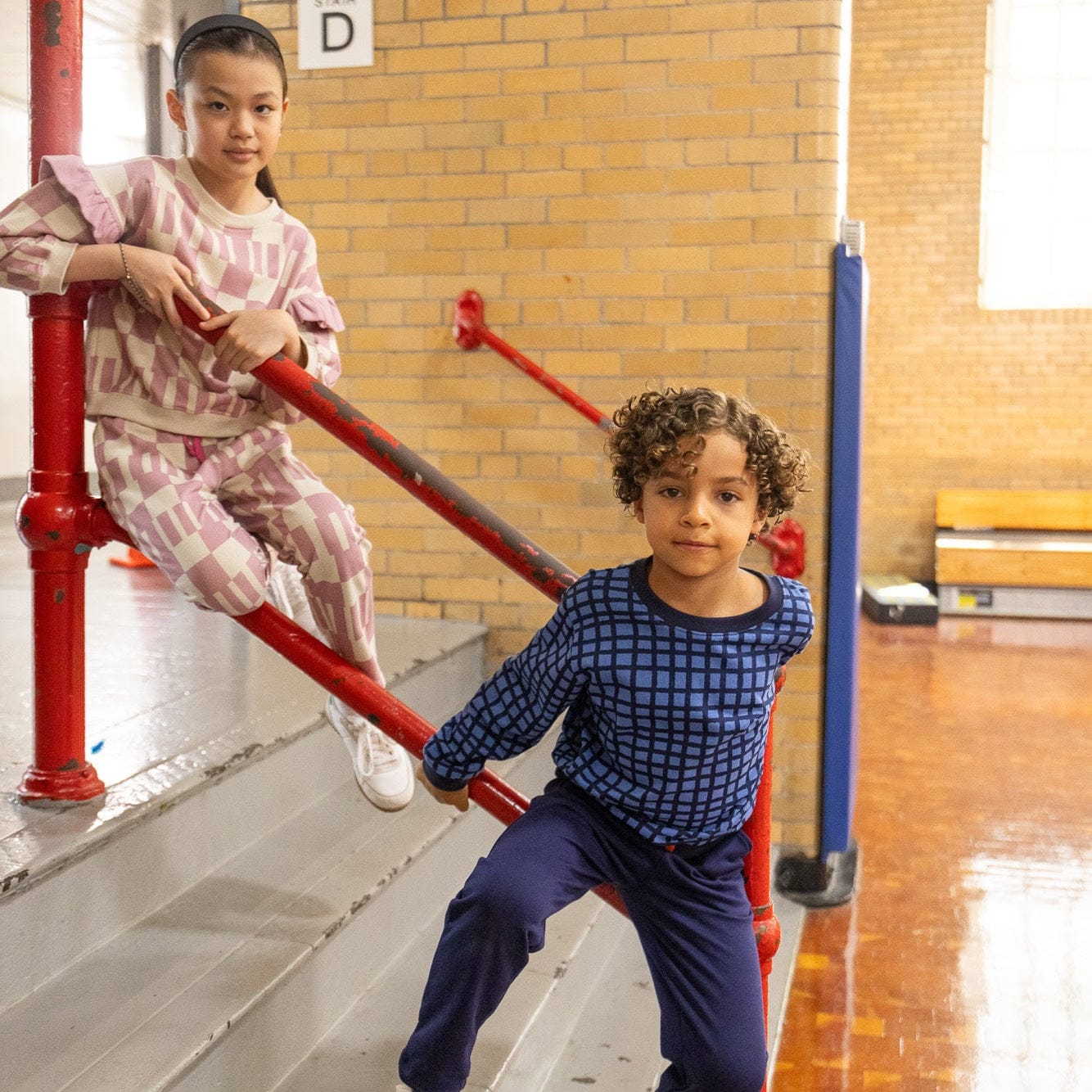
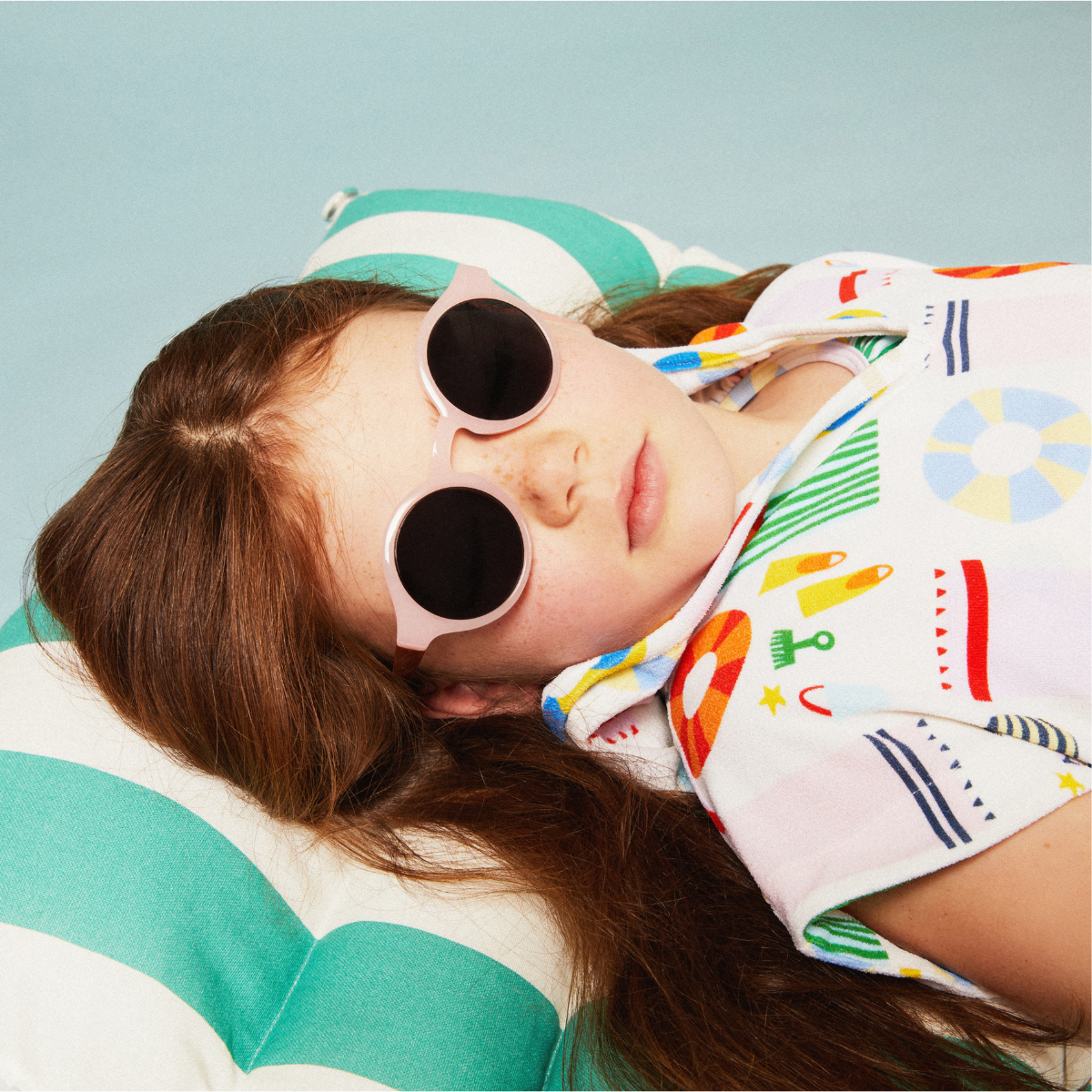
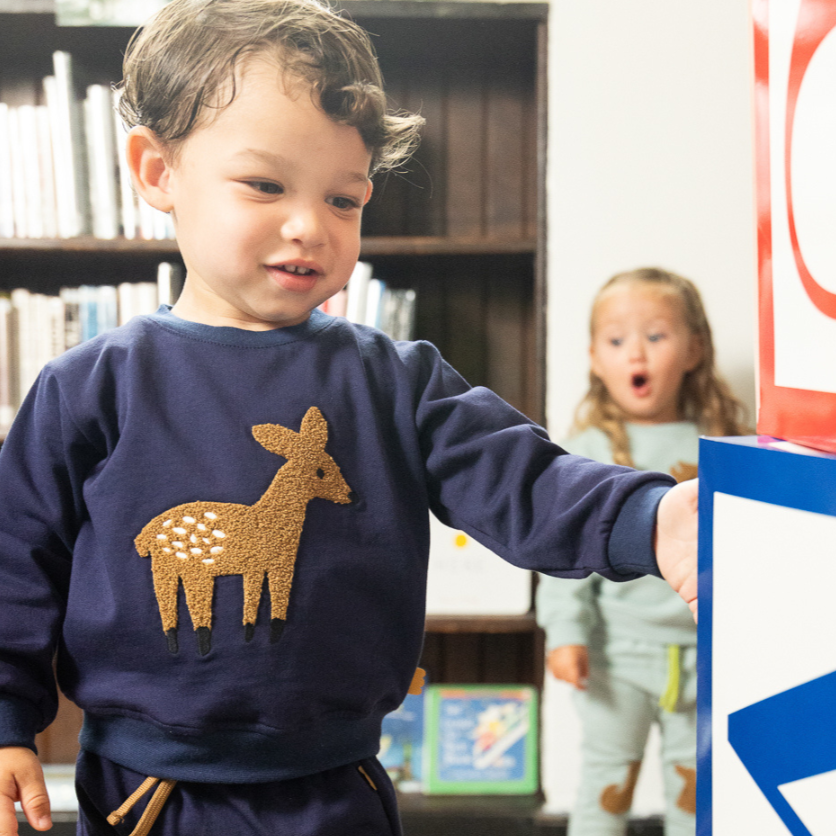
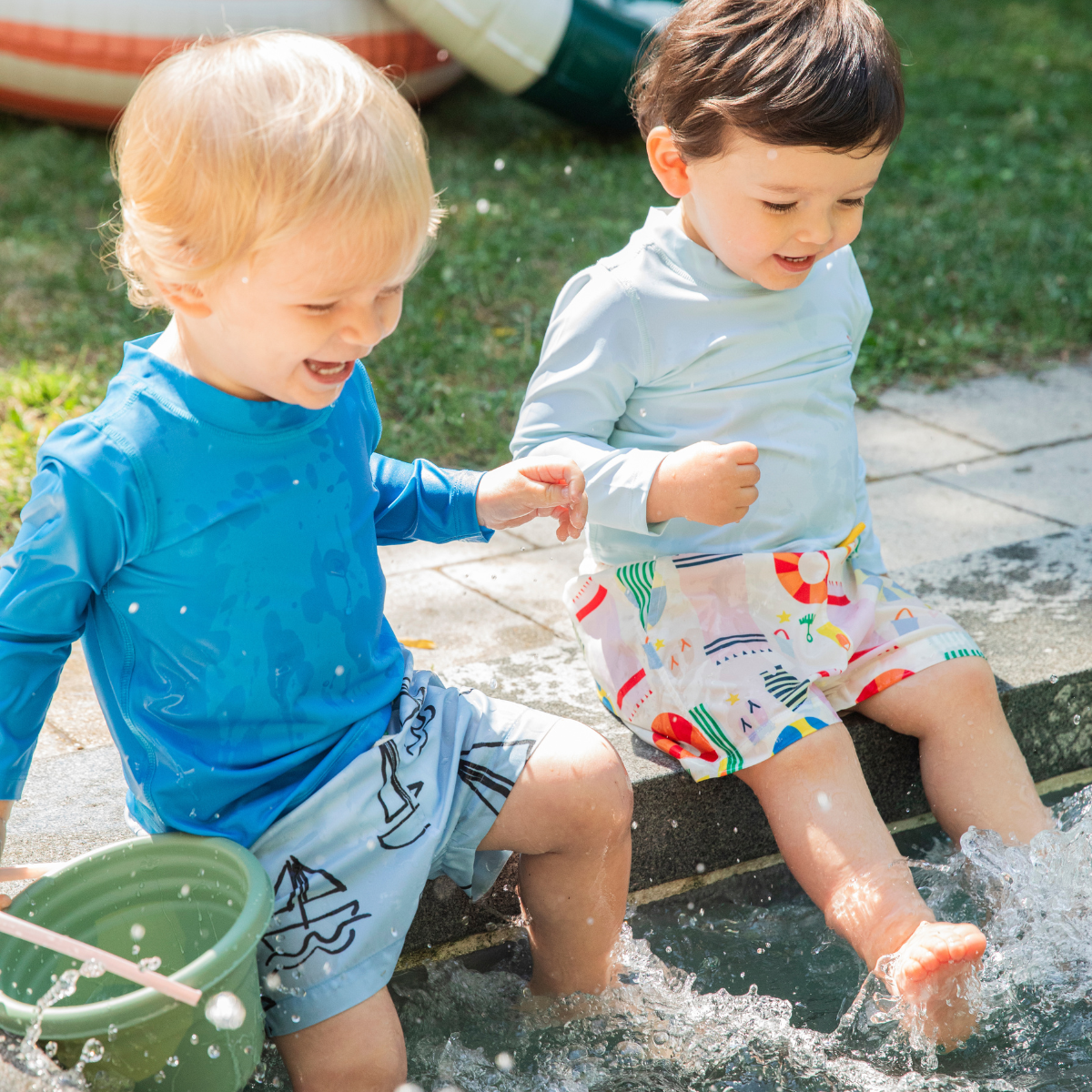
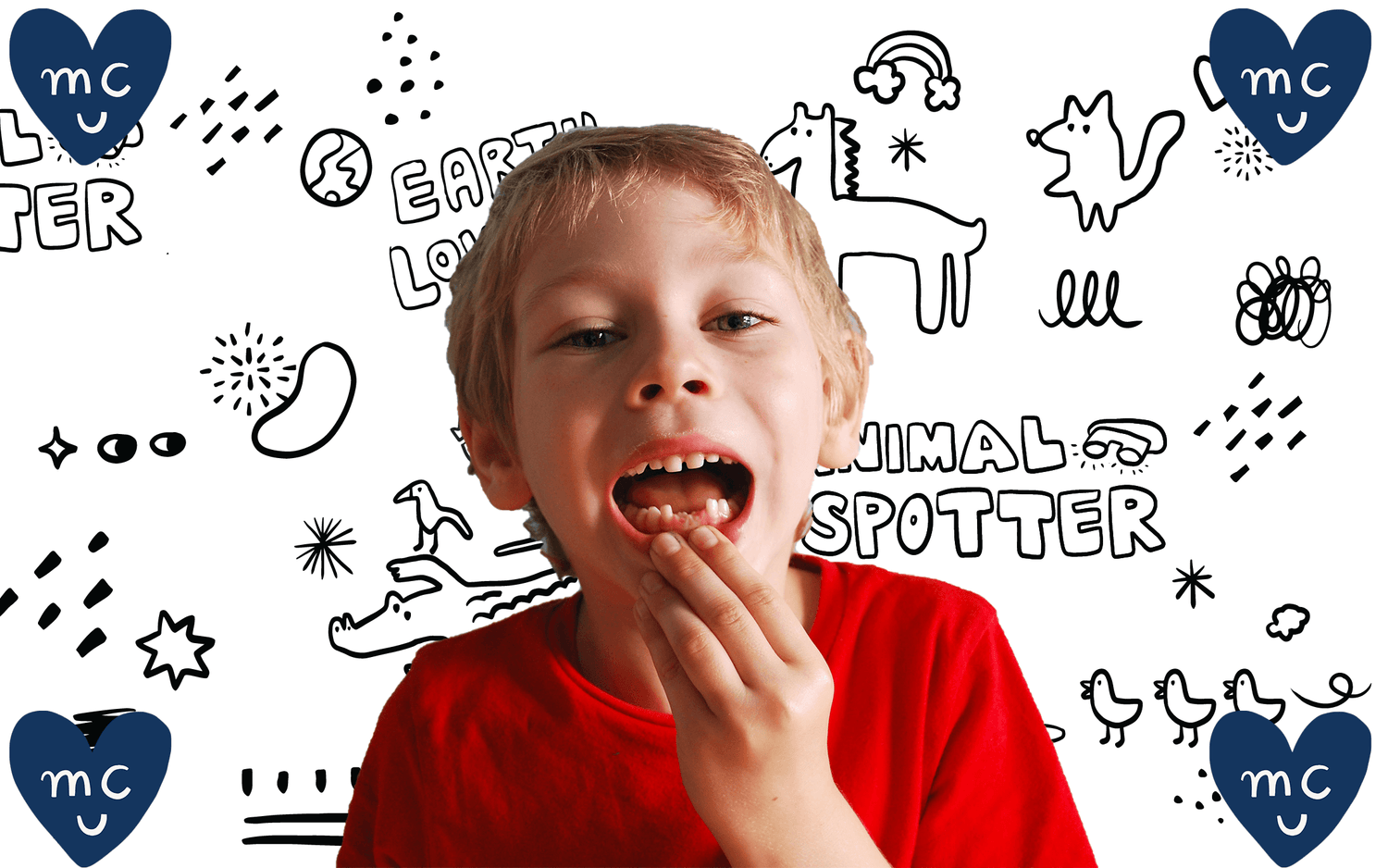
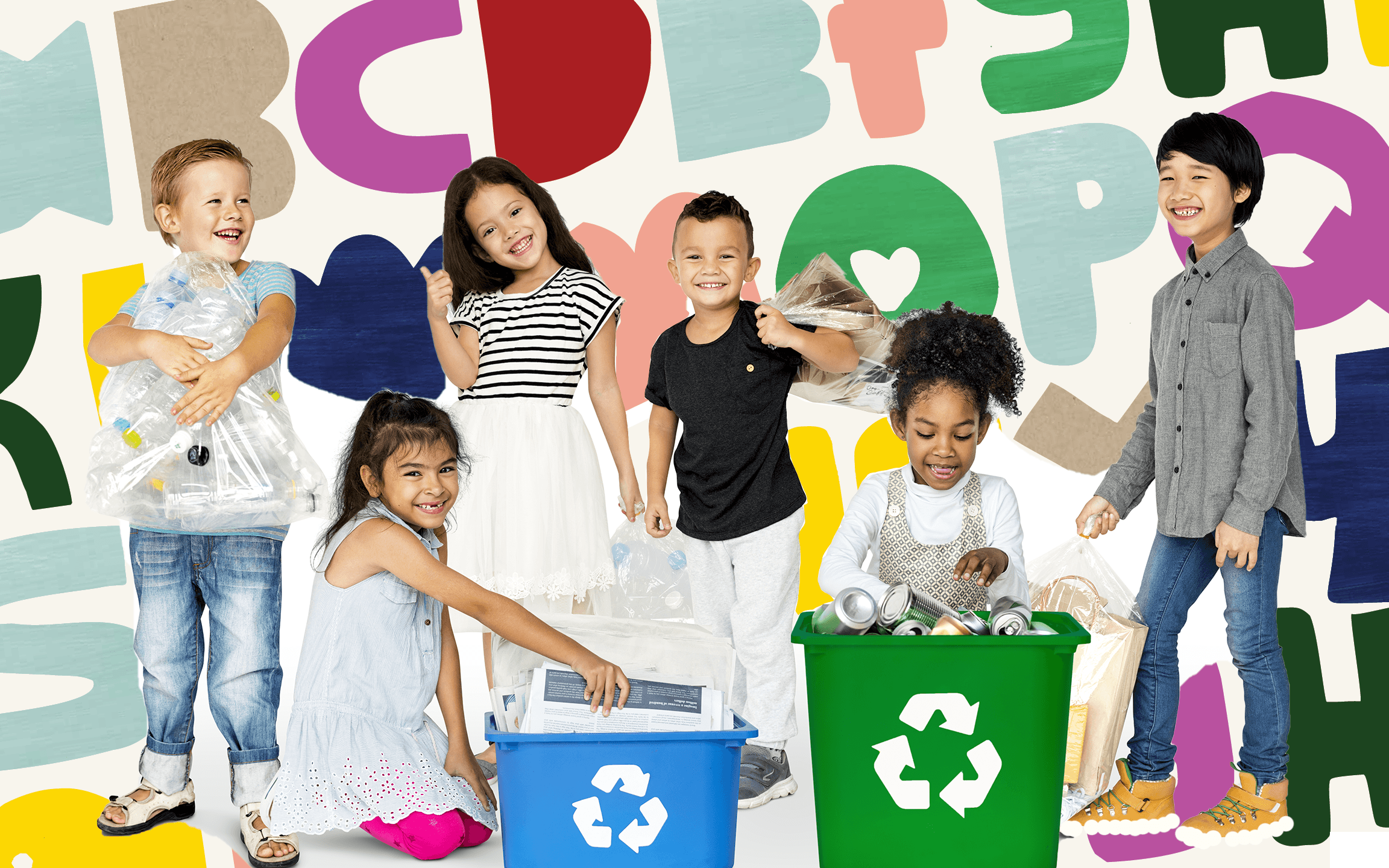
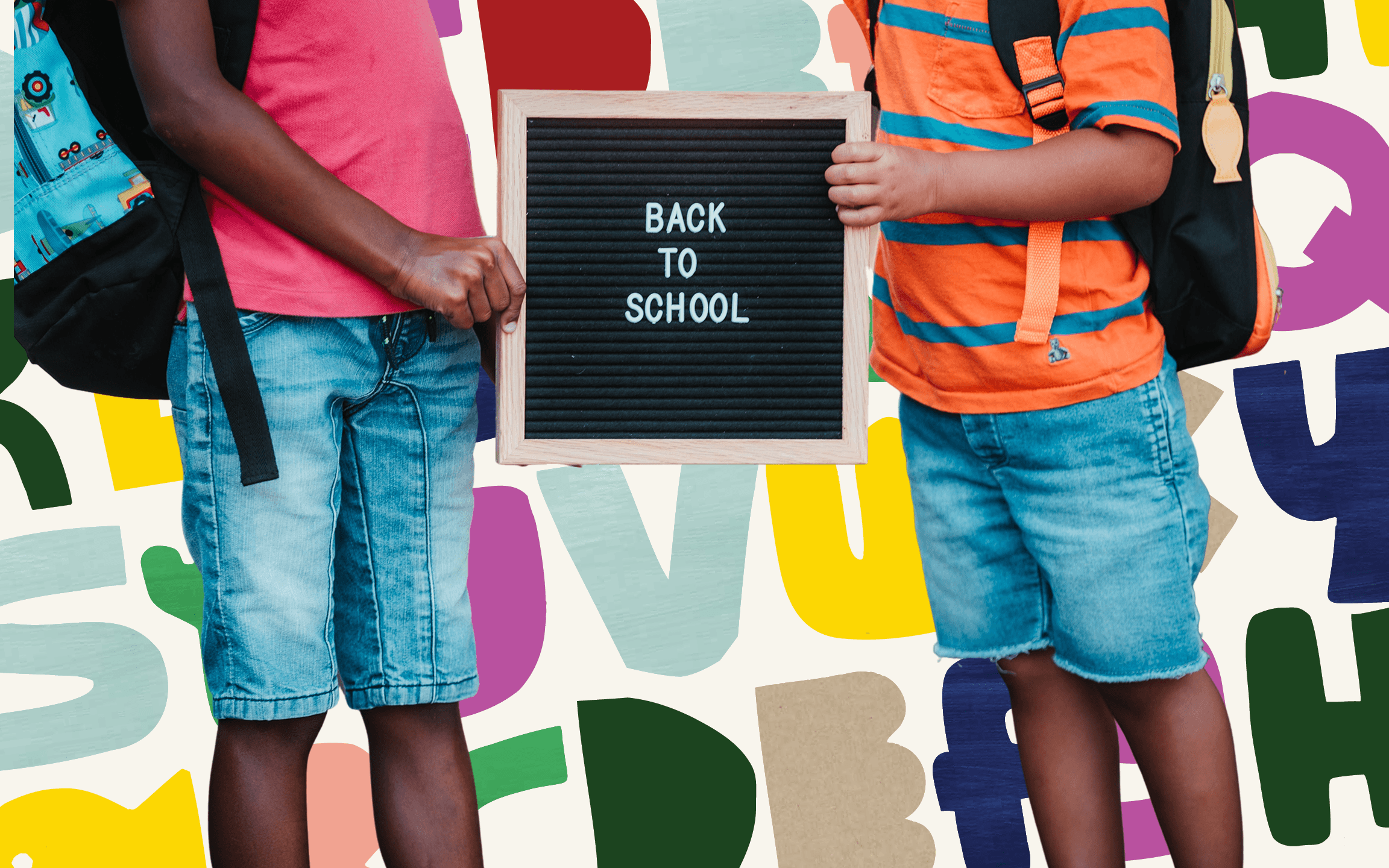
Leave a comment
This site is protected by hCaptcha and the hCaptcha Privacy Policy and Terms of Service apply.